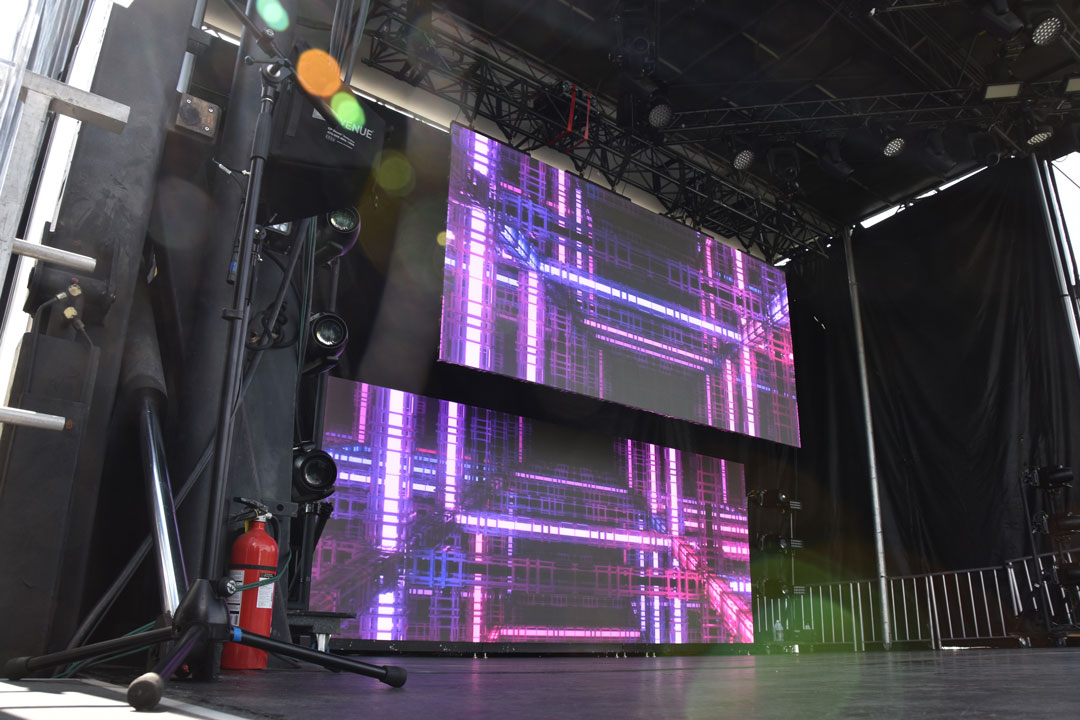Grasping the Typical Causes of Light Emitting Wall Display Failure
Wiki Article

LED wall panels are commonly utilized in various environments, ranging from advertisements to home cinemas. These screens are popular because they deliver bright and dynamic images while being energy-efficient. However, similar to all digital devices, LED wall screens can encounter failures. Comprehending the frequent reasons of these failures is important for preserving their performance and ensuring longevity. This piece examines several key elements that can contribute to the malfunctioning of LED wall panels.
One of the primary common causes of failure in LED panel screens is overheating. LED systems produces heat during operation, and if this heat is not properly controlled, it can harm internal components. Poor ventilation or insufficient cooling mechanisms can worsen the problem. When the temperature rises beyond the suggested levels, it can result to diminished brightness, color distortion, or complete failure of the screen. Regular maintenance, including cleaning air openings and maintaining adequate airflow, can help prevent overheating and extend the lifespan of the screen.
Another significant factor contributing to LED wall panel failure is electricity spikes. Fluctuations in the power supply can cause damage to electronic parts within the screen. Sudden jumps in electricity can cause to burnt circuit breakers or faulty circuits, resulting in malfunctioning displays. Using surge protectors and power controllers can reduce this risk by stabilizing the power supply and safeguarding sensitive digital parts. Ensuring that the electrical system is up to code and able of supporting the electricity needs of the screen is also essential.
Environmental conditions play a crucial role in the performance of LED wall screens. Contact to harsh temperatures, moisture, or dust can negatively impact their operation. For example, high moisture can result to moisture buildup inside the panel, which can cause read here short circuits or damage of internal parts. Similarly, excessive dust accumulation can block ventilation and result to overheating. Placing LED screens in regulated settings and regularly cleaning them can assist preserve optimal functionality and prevent failures.
Additionally, manufacturing defects can result to early malfunctions in LED wall panels. Quality control during manufacturing is crucial to ensure that each panel meets industry standards. Faulty components or poor assembly can result in issues such as dead pixels or irregular brightness. It is important for consumers to purchase LED panel screens from reputable brands that provide warranties and support. This ensures that any possible defects can be resolved promptly, minimizing downtime and annoyance.
In summary, understanding the common causes of LED panel screen malfunction can help users take proactive measures to ensure their durability and functionality. By addressing overheating, protecting against power spikes, taking into account environmental factors, and selecting quality products, users can greatly minimize the risk of malfunction. Regular care and awareness of these elements will result to a better experience with LED wall screens, go to this site regardless for personal or professional application.